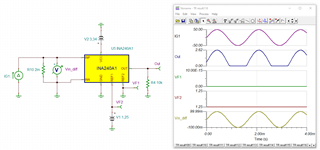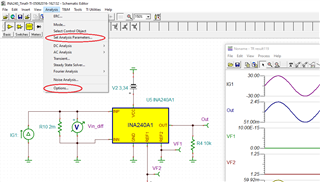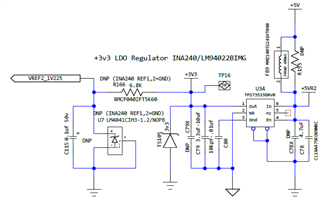Other Parts Discussed in Thread: TINA-TI, LM317, , INA282, TIDA-01141
It seems current generator IG1 sinusoidal wave input and REF1,2 unidirection is not plotting proper output signal with 2mohm shunt. Yet when REF1,2 set for mid supply 1.65v, current generator IG1 works as expected. Analysis seems to indicate +IN/-IN do not accept a bidirectional shunt signal when REF1,2=GND?
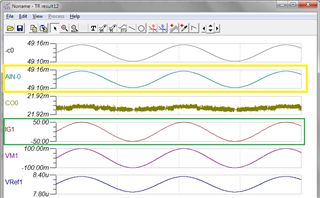



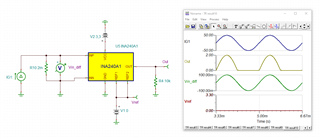



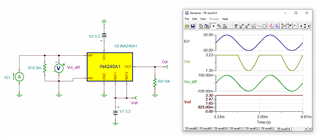
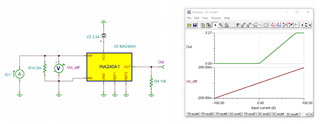



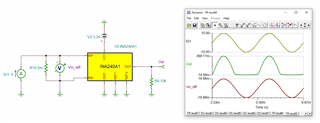

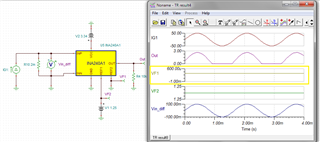 WTH is going on here?
WTH is going on here?
